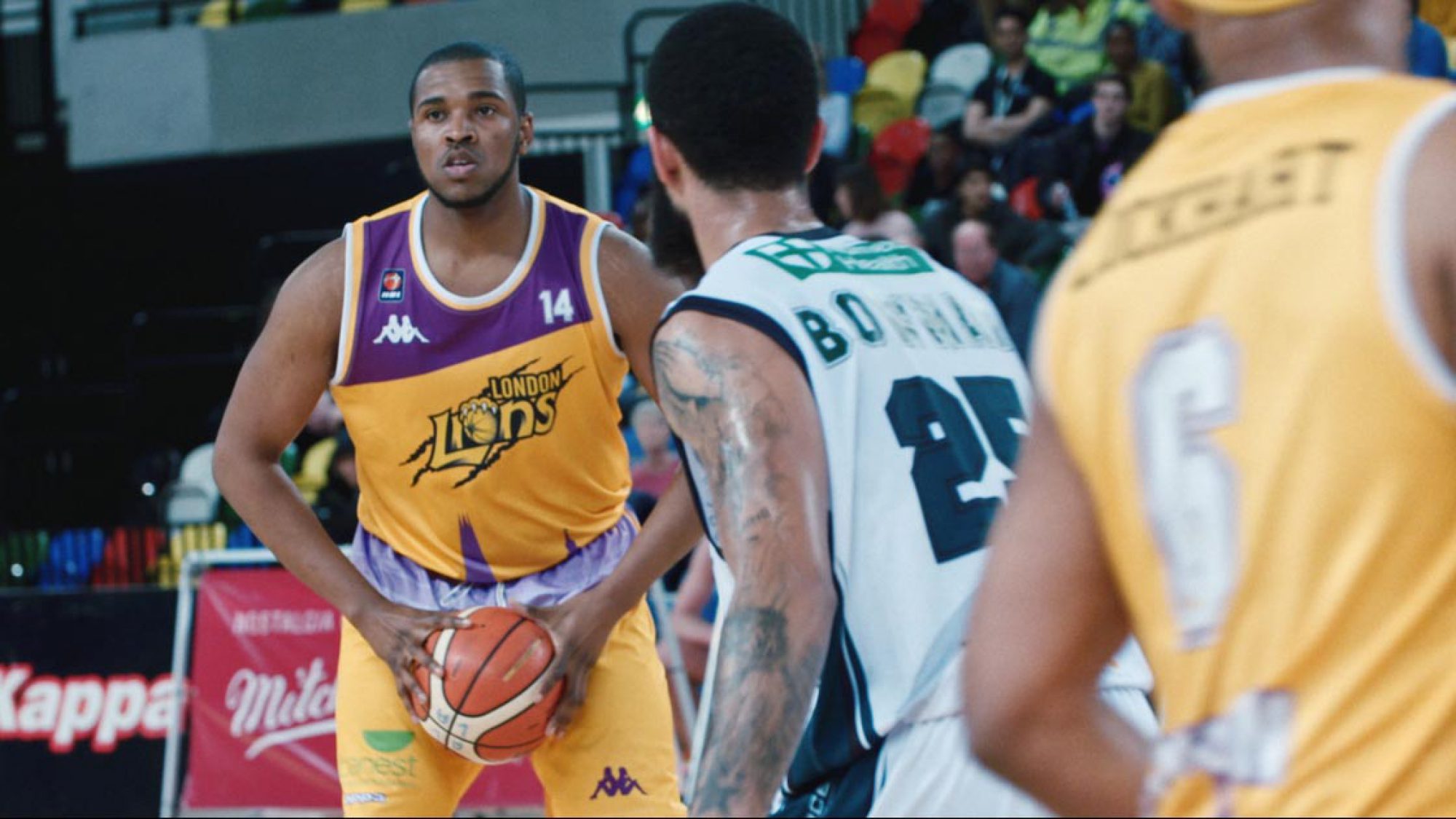

This is part 3 in a 3-part series on behavioural science and content. Read Part one and Part two.
The times they are a-changin’. Amidst turbulent political climates and rising inequality across the globe, citizens are increasingly conscious of how their consumer habits affect the planet and fellow human beings, and they can be quick to withhold support from brands that don’t represent their values. The charity sector is particularly prone to scrutiny, as funders and supporters are rightly concerned about how their money and time is spent.
As a result, brands and charities have had to take a more active role in building and maintaining trust in their supporter base, and one of the most common ways to do so is through the strategic use of content and communications. According to brand commerce agency KHWS, “harnessing the power of behavioural science, and researching the specific triggers that help build trust in individual sectors, is paramount.”
At Raw London, we have developed a distinct methodology to help our charity and corporate clients get the best value out of every piece of content we create and build a trusting relationship with their audience.
Our number one rule is simple: Always start with research. Before we begin any creative development, or start thinking about production for a new piece of content, our team of researchers, planners and strategists starts by assessing and analysing everything we can about the topic, market, competition, and public attitudes. Once we have completed this initial research, we plan out how the content might be tested and amended, in order to hit the right tone with the intended audience. Only then do we start the creative process itself.
We believe these steps are absolutely crucial to delivering the best outcomes for our clients, and most importantly, to helping them build trust in their brand among their audience(s).
This might sound obvious, but you would likely be surprised by how few companies have the capacity to invest in this crucial work. According to The Drum, British agencies are lagging behind their American counterparts in making behavioural science a key part of their offering to clients.
One example cited by The Drum is a recent video ad for Guinness by BBDO NY, for which they partnered with a behavioural research agency BrainJuicer (now known as System1) to analyse and focus test various versions of the script. The resulting ad packed an emotional punch, and proved hugely successful, with close to eight million views in its first month.
We took a similar approach while designing our recent campaign for the UK charity Anthony Nolan, #BeALifeSaver. Anthony Nolan need to increase the numbers of donors on their stem cell registry; young men provide over 55% of all stem cell donations, but make up just 16% of the donor register. To convince young men aged 16-30 to sign up and save more lives, they needed an integrated communications strategy.
Our DRTV-led campaign, featuring the basketball player Lamar Roberts, was designed to empower and encourage young men to join the stem cell register, by showing how life-changing it can be for them – as well as for the people they save.
In order to ensure that the content’s message would resonate with the intended audience, we took our own assessment and planning process one step further by partnering with specialist insights agency Humankind Research to focus-test various iterations of the script and filming plan.
The process of testing took several months, but initial results from the campaign suggest that the wait was worth it — within one week of launching #BeALifeSaver via TV and targeted digital ads, the number of male applications to Anthony Nolan’s donor register increased to 45%.
Research and testing can go a long way to create the kind of message that will inspire trust, loyalty and action in an audience — but one piece of content can’t do all the work. Brands and charities must shape their strategies accordingly, to facilitate long-term relationships with the audience they are seeking to reach.
By Fiona Koch (fiona@raw.london)
Account Planner / Director at Raw London